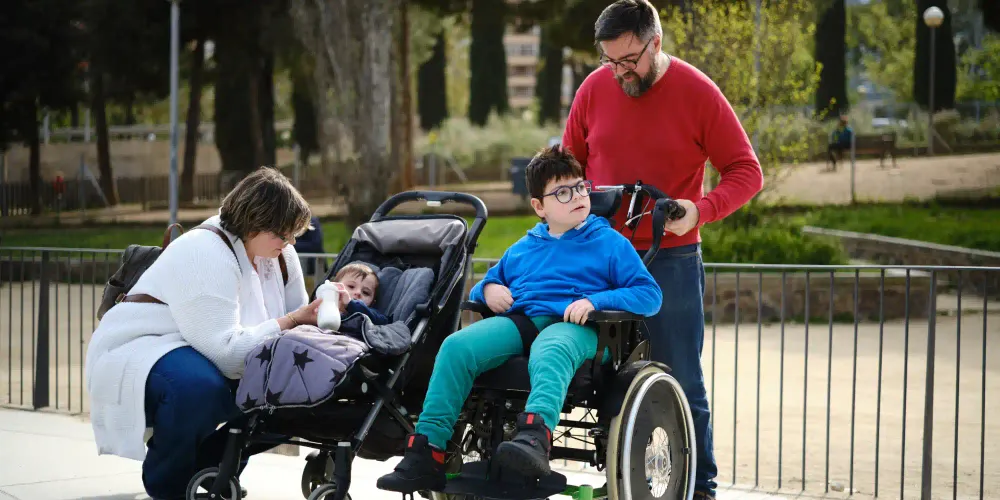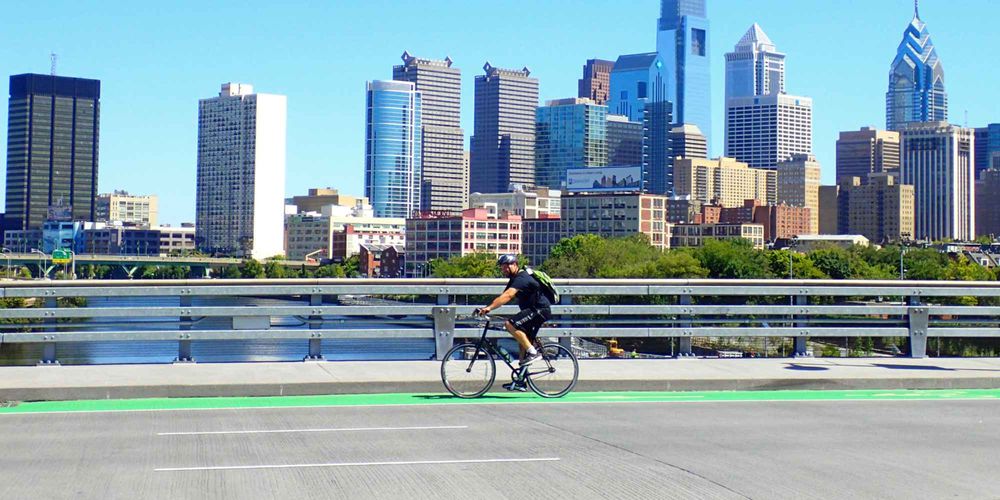Issue 74 • Week of June 18, 2023
The first known competitive baseball game between two clubs under modern rules occurred 177 years ago this week in Hoboken, New Jersey – but it could not have happened without a field to play on. Players and spectators ferried over the Hudson River from Manhattan to the Elysian Fields where the New Yorks defeated the Knickerbockers 23-1. Before Central Park, the city had no such public place. Luckily, grounds across state lines allowed what was once a hobby to evolve into a national past-time.
Dedicated space for club sports was again lacking 37 years ago this month when the Association of Midnight Basketball was formed in Maryland to give teenagers and young adults an athletic outlet so they would stay on the court and out of trouble. The initiative spread to 50 cities and reduced crime along the way, but eventually lost funding and all but 9 programs shuttered by 2004.
The decline was a symptom of a broader shift toward private facilities that are now out of reach to many, both in terms of cost and distance. Youth and amateur sports have turned into big business with direct revenue rising from $9 billion in 2015 to nearly $40 billion in 2021. Don't be fooled by non-profit status for organizers like the United States Specialty Sports Association where players compete as young as age 4, since their CEO netted over $800K in 2015. Venue privatization is increasing disparity between neighborhoods that was particularly evident in the early days of the pandemic since field and court access have become more inequitable.
America has a topsy-turvy relationship to athletic venues, where fans are blackmailed into spending hundreds of millions of tax dollars to fund stadiums for highly profitable teams while professional sports leagues and teams donate a few token amateur facilities at a fraction of the cost. For instance, Major League Baseball is investing $40 million of its $10.8 billion coffers to reverse a decline in the use of local fields to ensure a pipeline of players.
Until our society supports more physical education in our schools, public sports facilities including pools, courts, fields, and ice rinks are often the only opportunity for many kids to be active as well as an important option for adults to exercise and prevent obesity outside of a private gym.
Athletics is not just about teamwork or competition, but forming good habits. A 2014 study of over 700 WWII veterans found that the single largest predictor of better health later in life was if they had played a varsity sport in high school.
How can we increase access to public sports facilities and amateur athletics?
This content is only available to members
Sign up for free to read the potential solutions for this topic and find out what you can do today for a better tomorrow or pre-order our second book that will compile 100 issues on making a difference.
Unlock contentAlready have an account? Sign In



